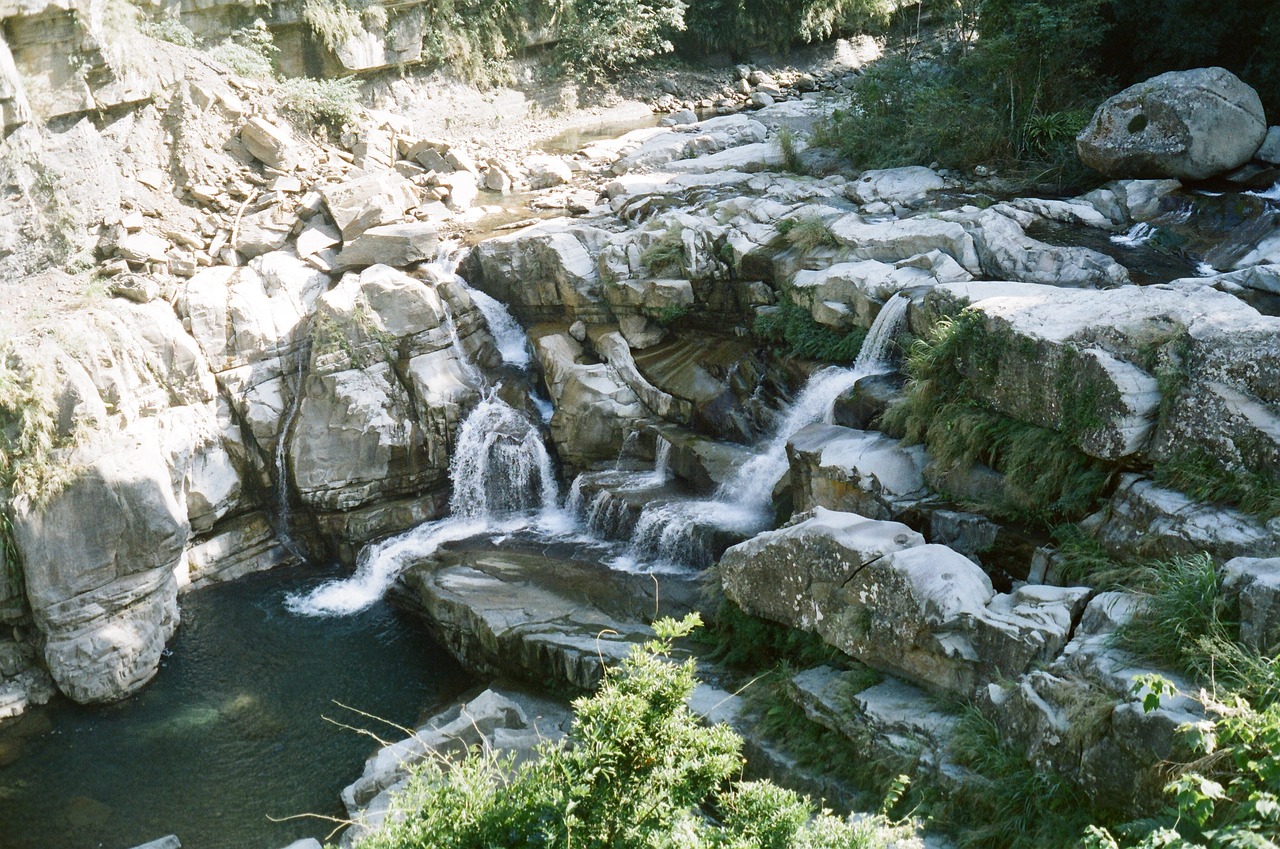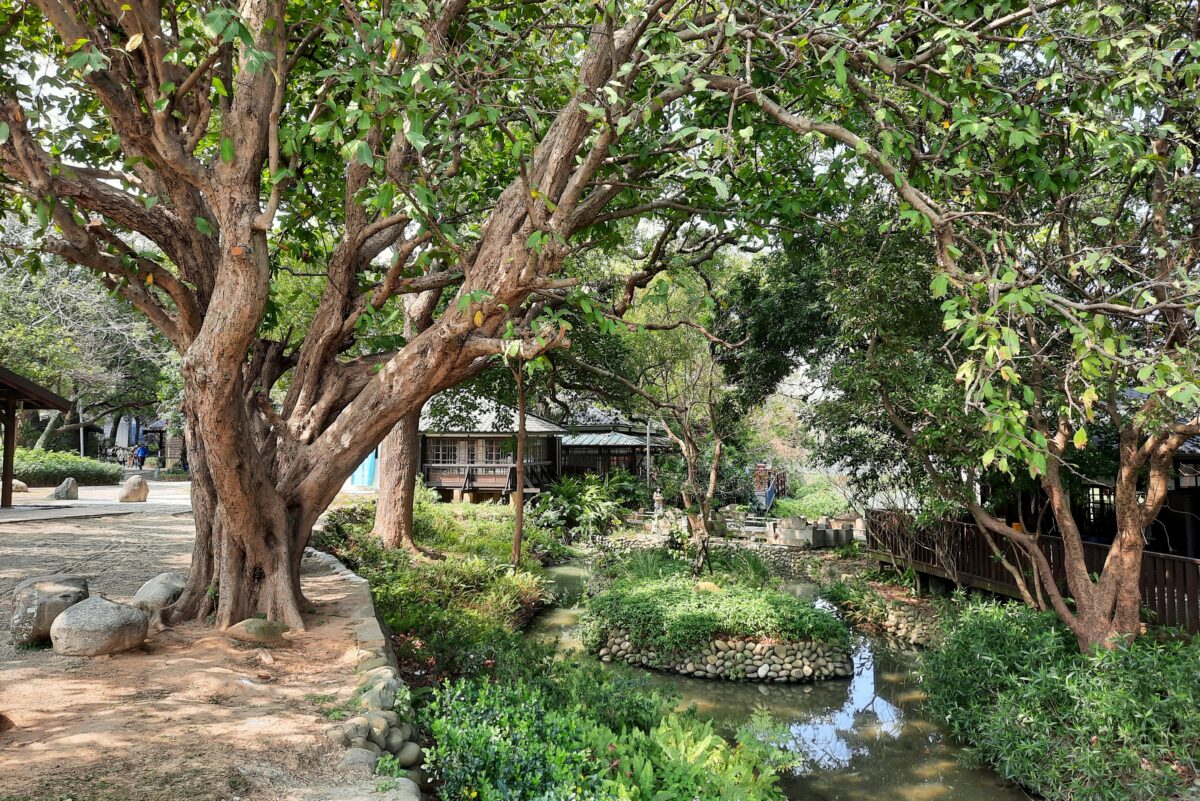Hsinchu & The Hakka Heartland | Taiwan

Even without cultural and artistic attractions such as Sanyi Wood Sculpture Museum, this part of Taiwan should be on every visitor’s itinerary. In the hills above Sanyi, the little settlement of Shengxing is appealingly quaint. A short distance away, Longteng Broken Bridge stands as a photogenic reminder of a disastrous 1935 earthquake.
Extremely pretty rural landscapes can also be found in the townships of Nanzhuang and Beipu, while hot springs and challenging hill walks await the adventurous in Taian. Serious hikers should travel further inland and explore the western portion of Shei-Pa National Park.
Hsinchu City
Those who prefer rich urban character to bucolic farming villages will find Hsinchu City more to their liking. These days it’s synonymous with high-tech industries; as a result, thousands of outsiders have moved in for career reasons. But it is in fact one of the island’s oldest cities. Long before Taipei emerged as a place of importance, Hsinchu had a class of sophisticated scholar-officials and merchants. They built mansions and endowed temples, many of which still exist. Tours of the downtown are best begun at the Du Cheng Huang Temple (also known as the City God Temple), where the principal god ranks above all other town and city deities in Taiwan.
As in Taipei, the protective wall which once encircled the heart of Hsinchu was demolished during the period of Japanese rule. However, the magnificent Yingxi Old East Gate continues to be the city’s best-known landmark. A stroll along nearby Beimen Street will take you back in time. The street’s width (about 3.8 m) was determined not for reasons of urban planning, but because in Chinese traditional thinking, one and two tenths zhang is considered an auspicious measurement. Fans of attractive architecture will adore the city’s colonial-era landmarks, among them what’s now Hsinchu Contemporary Art Gallery. The city hall and fire station that were built on Japanese orders are still in use, as is the beautiful railway station. Arriving by train and spending half a day to walking from sight to sight in the city centre is a good addition to any Taiwan cultural tour.

